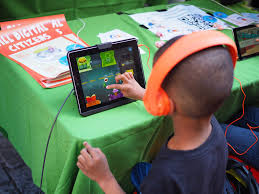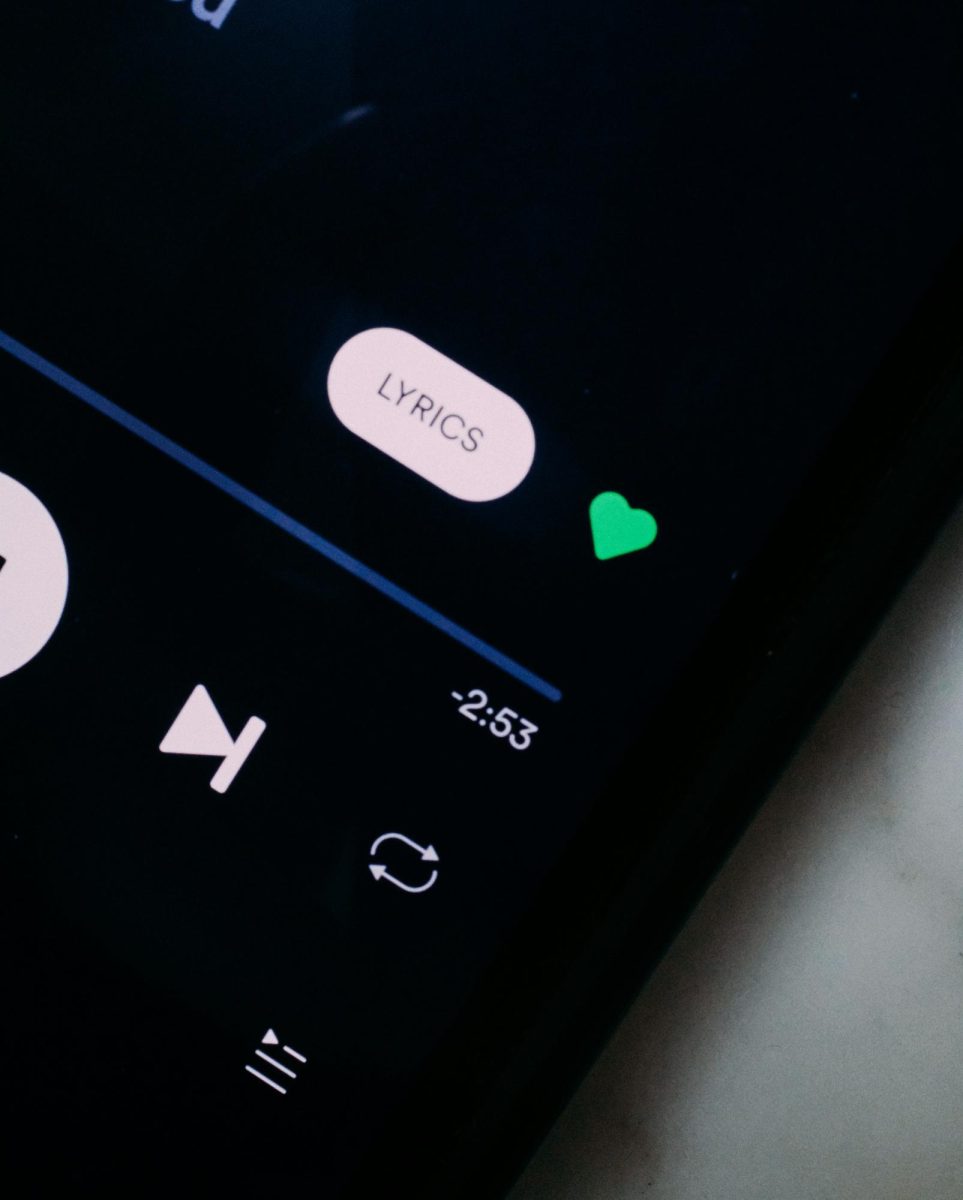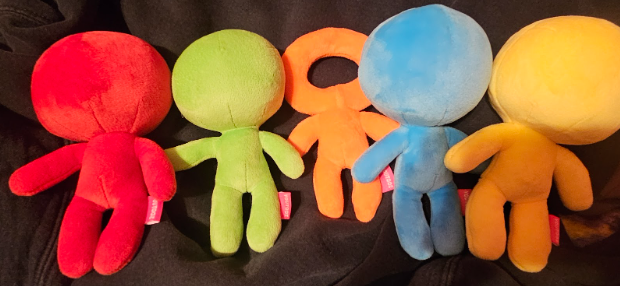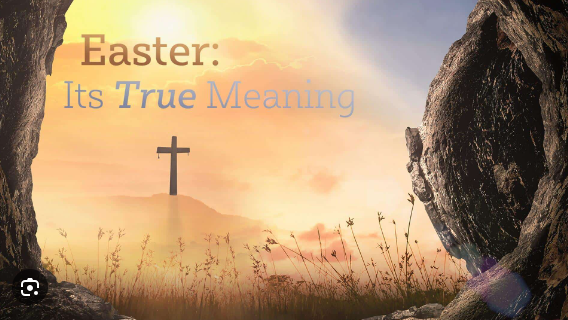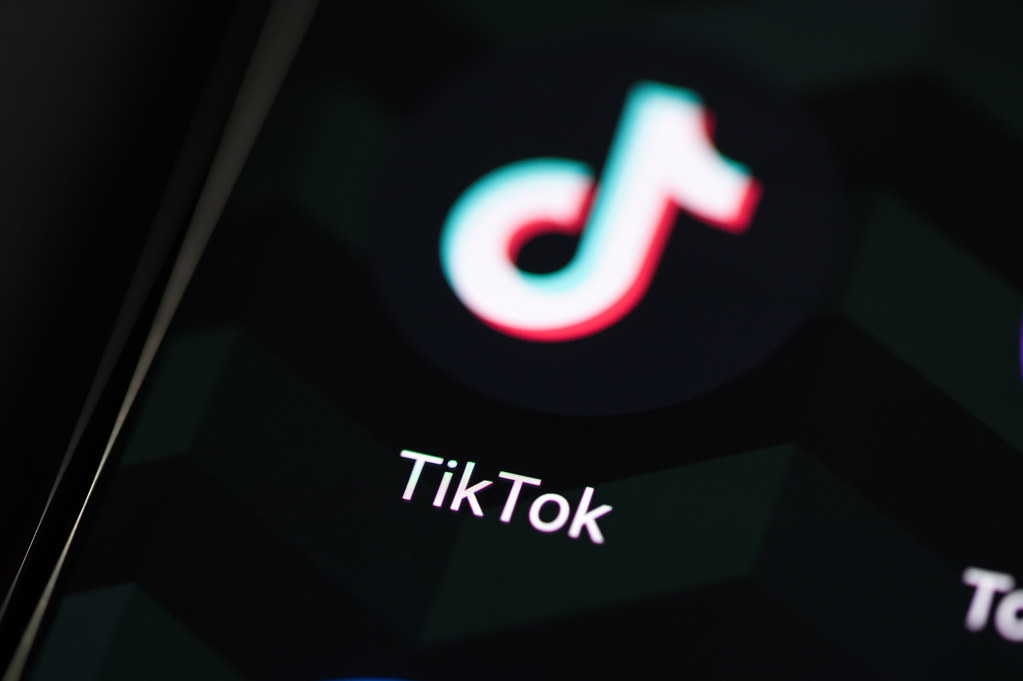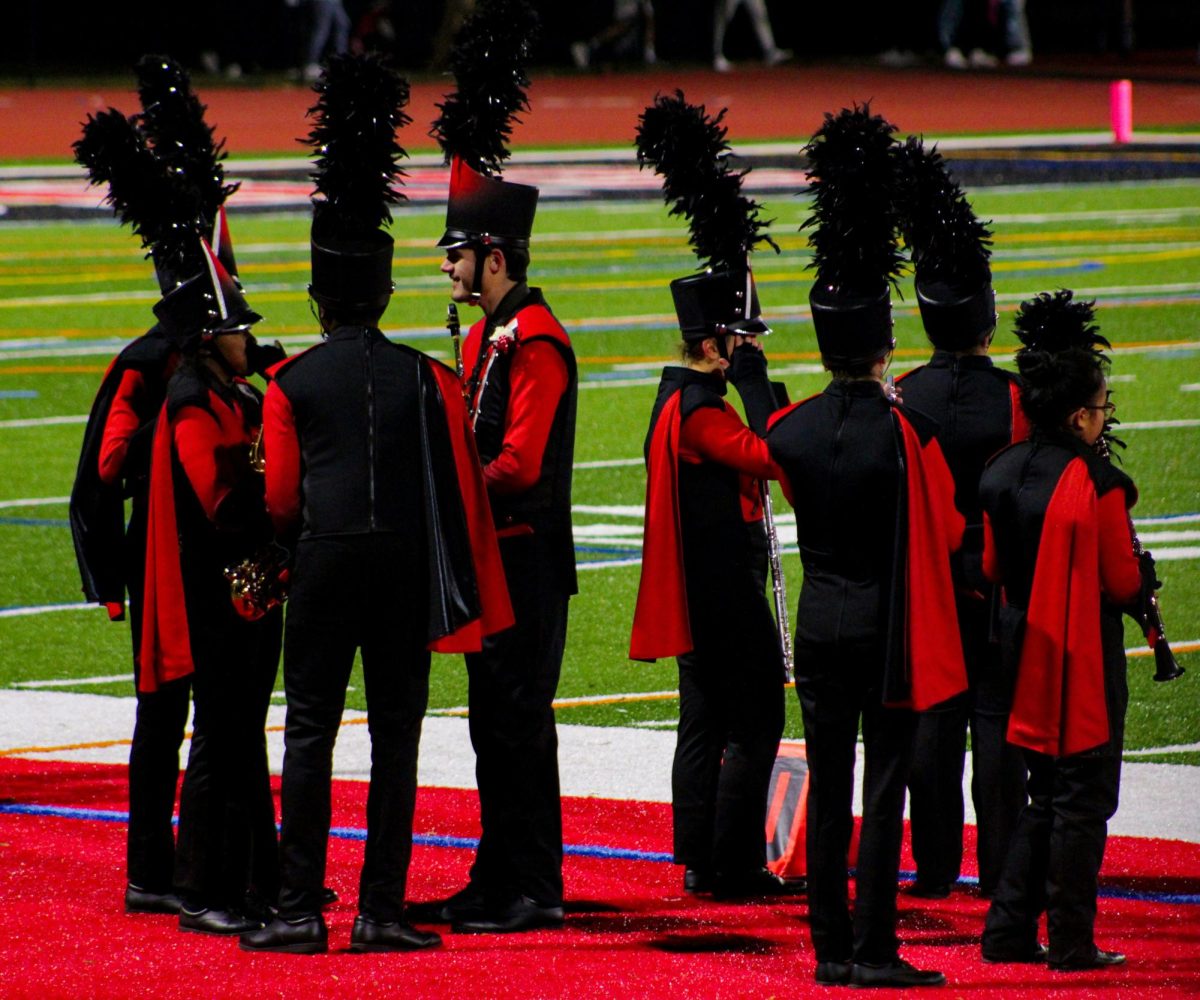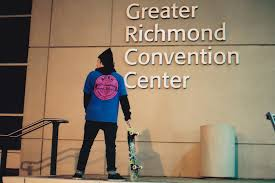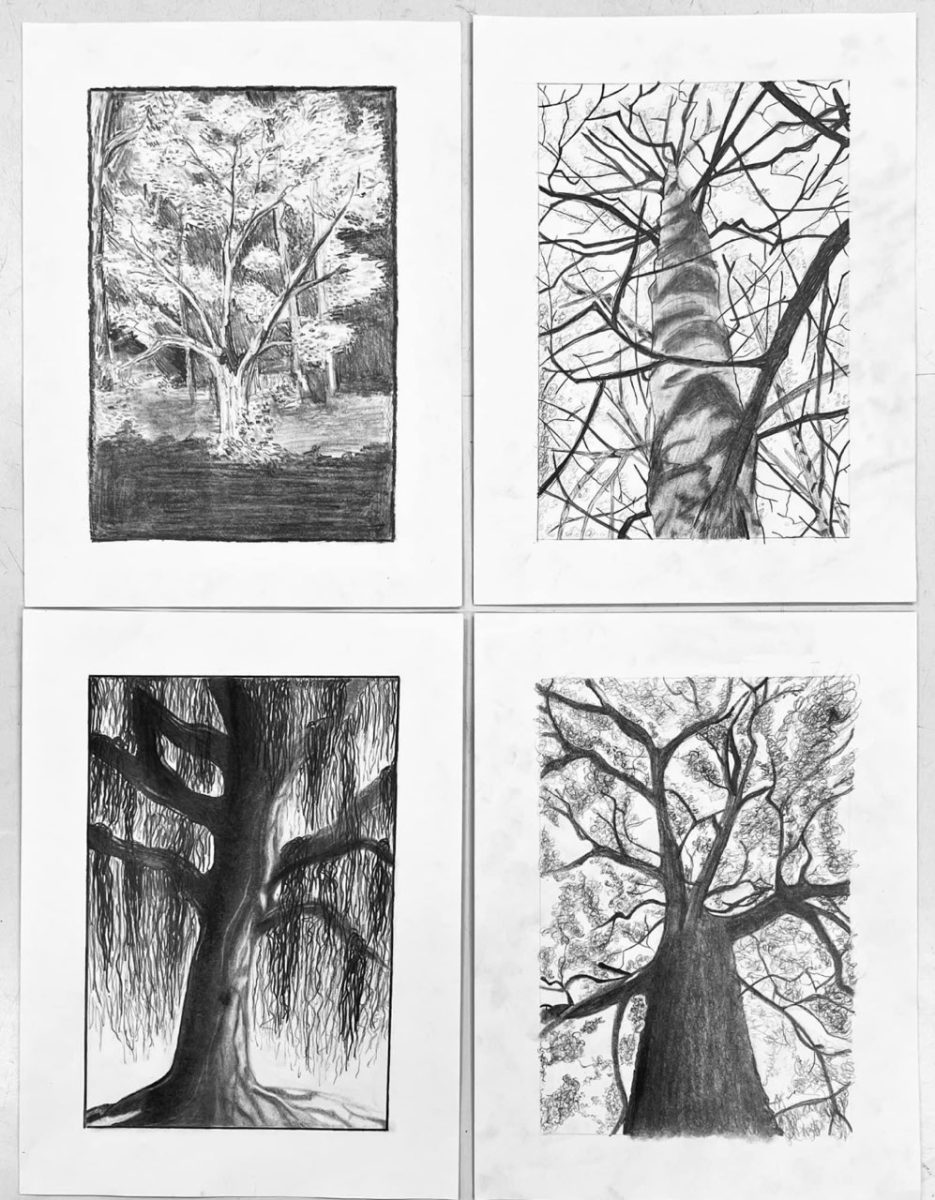It’s June 8, 2023, and a TikTok user named Garrett Lee (@garettlee39) uploads a video of him dancing to a song, Pinegrove’s “Need 2.” The folk-indie-rock song carries a sense of melancholy and wistfulness, and the loose yet firm dance he creates expresses a feeling of sadness and grief. Garrett’s facial expression changes through the short video, but you never get the sense he isn’t feeling all those emotions, that he isn’t expressing himself in that moment. The way his feet shuffle back and forth, arms swinging in an eagle-like motion, the dance would come to be known as the “Pinegrove Shuffle”
What’s there here to care about? Why is this TikTok so important? Well, not long after, people would start to make videos of them doing the same dance to the same song. For some reason, the video struck a deep, emotional chord with many of those who viewed it. They felt a mutual sense of connection to this dance, unlike many other dance trends on the app at the time. Very quickly, it turned into an app-wide trend, with tens of thousands of users creating videos of this dance, quickly cementing this movement into internet history.
I had also joined in on this trend, for some reason it spoke to me in some strange way. Very quickly I went down the rabbit hole of watching videos from this trend, I discovered it even went across language barriers, with people who didn’t even speak the same language attempting to convey a similar emotion or at the very least recreate the dance. It created this diverse community, even some brands dabbled in interest such as Lionsgate commenting on Garrett’s original video.
“What’s that song about?”, is a lyric from Need 2 which brings up an important thing to discuss. The song, in its entirety, doesn’t have that many lyrics, having only nine lines over the course of the three-minute-eleven-second song. The only verse opens the song with “I’m out, there’s nothing here to care about. What’s what sound? What’s that song about? It’s nothing worth sayin’ aloud.” I see this verse referencing the process of being burned out and the disappointment in whatever they manage to create. Then, they start questioning what the song is even about, what’s being said, and whether it’s even worth explaining. There’s this sound of desperation and disappointment in just even considering the ideas of what’s being made. The process of deep self-consciousness from artists devaluing their own work, primarily through comparison really rings evident through this song. Ironically, this song would end up becoming Pinegrove’s most popular song, currently sitting at 157,161,282 streams on Spotify.
The song then moves into the chorus, which says, “So then why do I seem to, need to? Then why do I seem to need to?” Despite the artist’s paradox on whether or not what they make is worth it, there’s still this feeling, some human obligation to care, to create. This is why I felt so connected to the song, honestly, while attempting to write multiple ideas for an article I was left disappointed with whatever I made. Even though I felt like it could be interesting in some ways, I felt like there were more important things I should be covering. So here I am, not feeling like my words are of any value while writing about a song talking about that exact experience. There’s a deep level of irony in that, but maybe that’s okay. After all, it’s the connection to that experience that led me and so many others to be connected. Despite concerns and worries, people decided to laugh, cry, and dance, all for the sake of feeling and being seen. A shout into the universe saying, “I exist, I create, I am human.”








